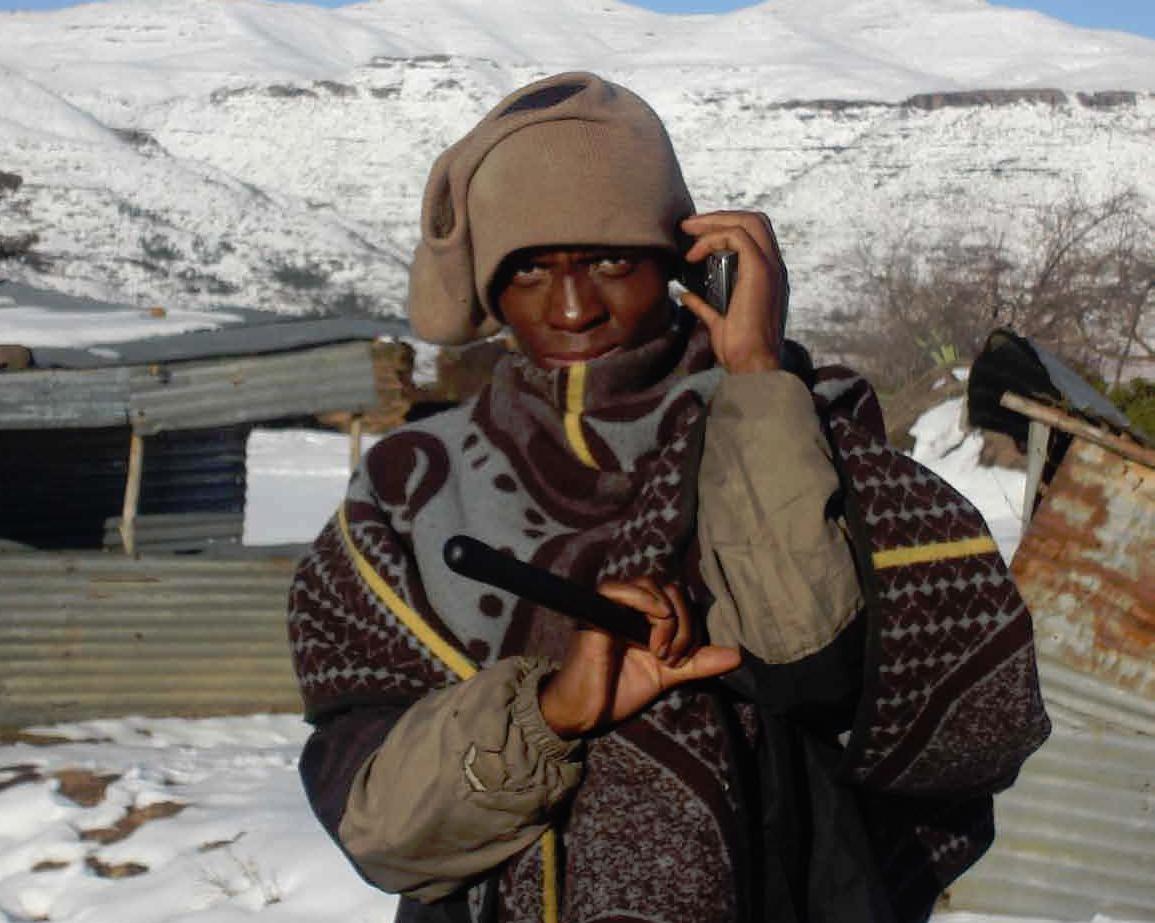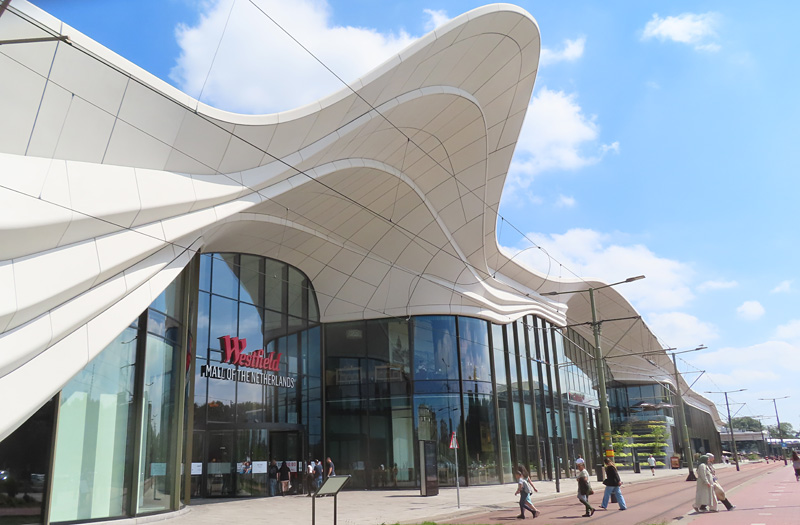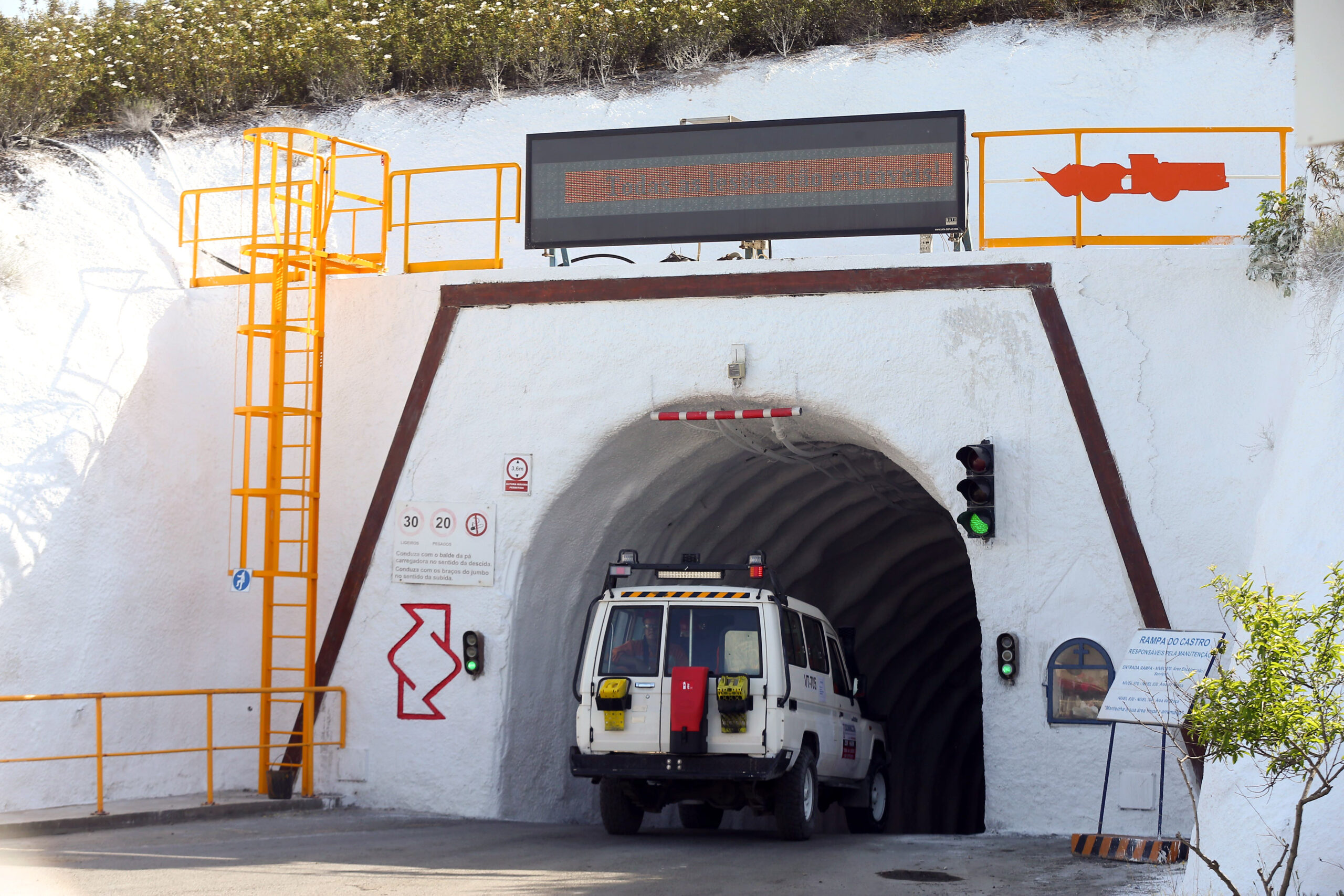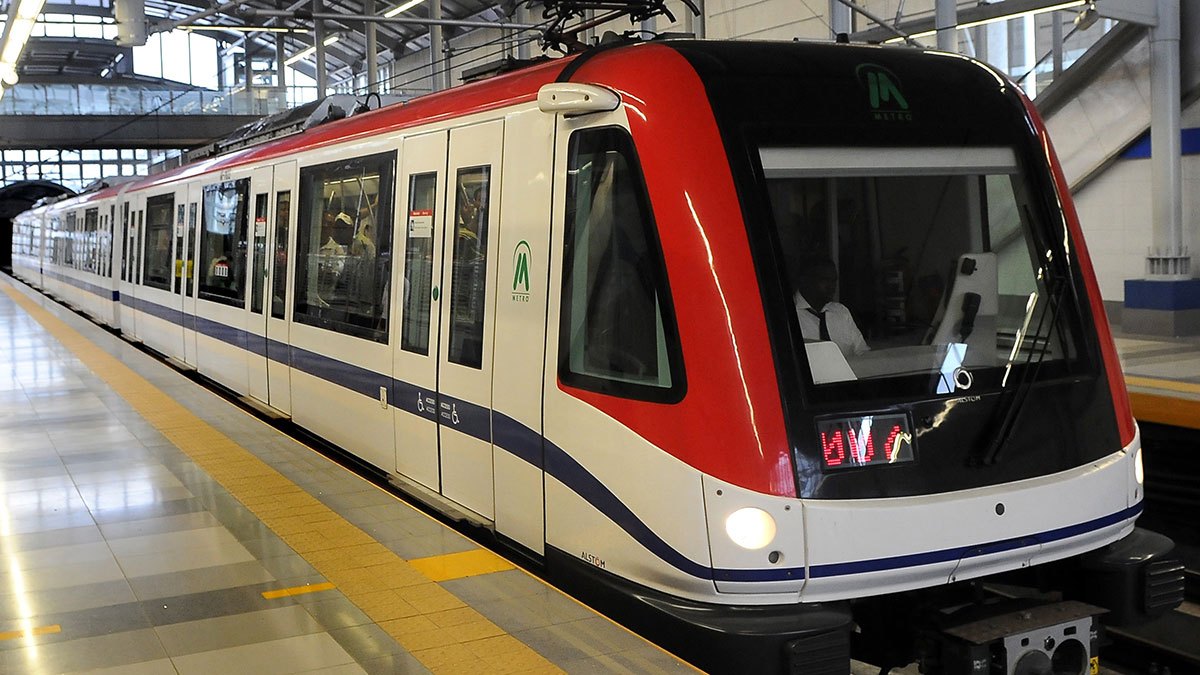
CEO Monehela Posholi talks about the regulator’s responsibility and challenges in meeting the population’s expectations for 21st century communications.
Lesotho is sometimes described as the Switzerland of Africa – and in part, for good reason. Both are small countries, entirely landlocked and extremely mountainous. In fact, Lesotho has the distinction of being the only independent state in the world that lies entirely 1,000 metres above sea-level and over 80 percent of its 35,000 km2 rises to 1,800 metres or more. There is even a skiing industry in Lesotho.
But from there, though, the comparison begins to differ. Against a GDP of $81,000 per capita in Switzerland, Lesotho must get by on a GDP of under $1,500 per head.
Statistics such as these are important because they have a direct bearing on the work of the Lesotho Communications Authority (LCA), which started out in 2000 as the Lesotho Telecommunication Authority but lost the Tele in order to reflect its extended mandate to cover broadcasting and postal communications as well as telecoms.
According to CEO Monehela Posholi, “the LCA is here to regulate the communications industry in Lesotho with a view to promoting fair competition. At the same time we want consumers to feel empowered and protected. Ours is a wide remit, from the granting and administration of licences, approval of tariffs to the allocation of the radio frequency spectrum and vetting of terminal equipment.”
To add to Lesotho’s geographical challenges, the country has one of the lowest population densities in the world, meaning that its people are both widespread and thinly spread. As such, to ensure complete coverage across all forms of communications – broadband, telecoms, broadcast media and postal services – amounts to the greatest single challenge facing LCA.
A key strategy in overcoming this challenge is to incentivise the various operators to extend their coverage. “We have set up what is known as the Universal Service Fund,” says Posholi. “All regulated operators are obliged to contribute one percent of their net operating income into the fund while LCA would add 25 percent of any end-of-year surplus. With these funds we aim to fill in the gaps needed to provide countrywide coverage.”
Projects, particularly from 2009 to the present time, include the development of 12 mobile hub sites to ensure coverage across the ten districts that make up Lesotho (at least one site per district), with five more currently under development. All these developments are aimed at reaching the LCA’s key mandate of ensuring total coverage. It is envisaged that this would be achieved by 2014, as part of the Fund’s five year plan that started in 2009.
A second major project has been undertaken to lessen Lesotho’s dependence on South Africa. “We are completely surrounded by our neighbour,” says Posholi, “and until recently all internet traffic had to be channelled through facilities in South Africa. Since the creation of an Internet Exchange Point (LIXP), we can now ensure that all internal internet traffic is handled internally within Lesotho.”
Such a desire to be independent in some aspects of communications is understandable and the LIXP project has helped address the issue of connectivity with the international bandwidth challenges. To help in this respect, LCA has a partnership with Afrinique in the establishment of LIXP. Lesotho is also part of the Eastern Africa Submarine Cable System (EASSy). The membership of Lesotho in the EASSy project is aimed at affording Lesotho an opportunity of access to internet bandwidth at competitive rates. Nevertheless, it’s likely that Lesotho will always be dependent, to some degree, on South Africa and strives to maintain good working relations with operators to overcome some of the international traffic challenges it faces.
Lesotho – through LCA – is both a founding and active member of CRASA – a collection of ten organisations forming the Communication Regulators’ Association of Southern Africa. The structure of CRASA was reshaped last year to include the same wide spectrum of communication activivities for which LCA is responsible, while in April this year, the Lesotho government strengthened LCA’s regulatory position by clarifying its powers and giving it real authority as a regulator, as well as providing it with an extended mandate through the new Communications Act 2012.
Lesotho is mirroring what is happening in so many African countries by leap-frogging over an inadequate fixed telephone service and relying almost entirely on mobile telecommunications. In a population of just over 2 million, fixed service subscribers have flat-lined for the past decade. In 2000, just one percent of the population had access to a phone. Since mobile telephones were introduced in 2001, tele-density has shot up to around 80 percent, of which only 2 percent is fixed.
Lesotho is largely using new and old technologies alongside each other. However, the number of telephones that dial into the ISP numbers are fast decreasing while ADSL connections are increasing and thus reflecting the move among internet cafés and users in general to technologies with higher data-carrying capacity.
The mobile market is moving at a rapid rate with subscribers jumping by 30 percent from last year to 1,311,725 while an additional 49 base transceiver stations were built. In the same period, the number of tele-bureaux went down by 13 percent from 15,645 to a total of 13,690.
Lesotho currently has two mobile telecoms providers – Econet Telecom Lesotho and Vodacom Lesotho. Both provide a similar level of 2G and 3G voice coverage. The use of smartphones and other mobile devices has made the rollout of 7.2Mbs 3G coverage by both operators a mandatory development route. The Universal Service Fund mentioned above has improved coverage by completing 12 network coverage infrastructure projects that added a further 18 base transmission stations.
Broadcast media retains an important role in disseminating information within this mountainous country. The next year will be busy for Lesotho Television. As a member of the International Telecommunication Union (ITU), Lesotho had undertaken to switch over from analogue television broadcasting to digital terrestrial television broadcasting by the middle of 2015. However, member states of the Southern Africa Development Community (SADC) have subsequently agreed to complete the digital switchover by the end of December 2013. Noting the progress to-date, it remains doubtful whether the 2013 deadline imposed by SADC would be achieved.
A small, widely dispersed population certainly doesn’t contribute the best conditions for a cutting edge communications systems but the LCA is not without ambition. International consultants have been engaged to carry out a feasibility study on the viability of Lesotho having a call centre industry. The objective of the study is to identify the factors that need to be considered for attracting investment in this lucrative area – one of which will undoubtedly be robust and premised on fast communication connections.
Written by Alan Swaby, research by David Brogan



 Lesotho-Africa.Telecoms-Dec12-Bro-s.pdf
Lesotho-Africa.Telecoms-Dec12-Bro-s.pdf









